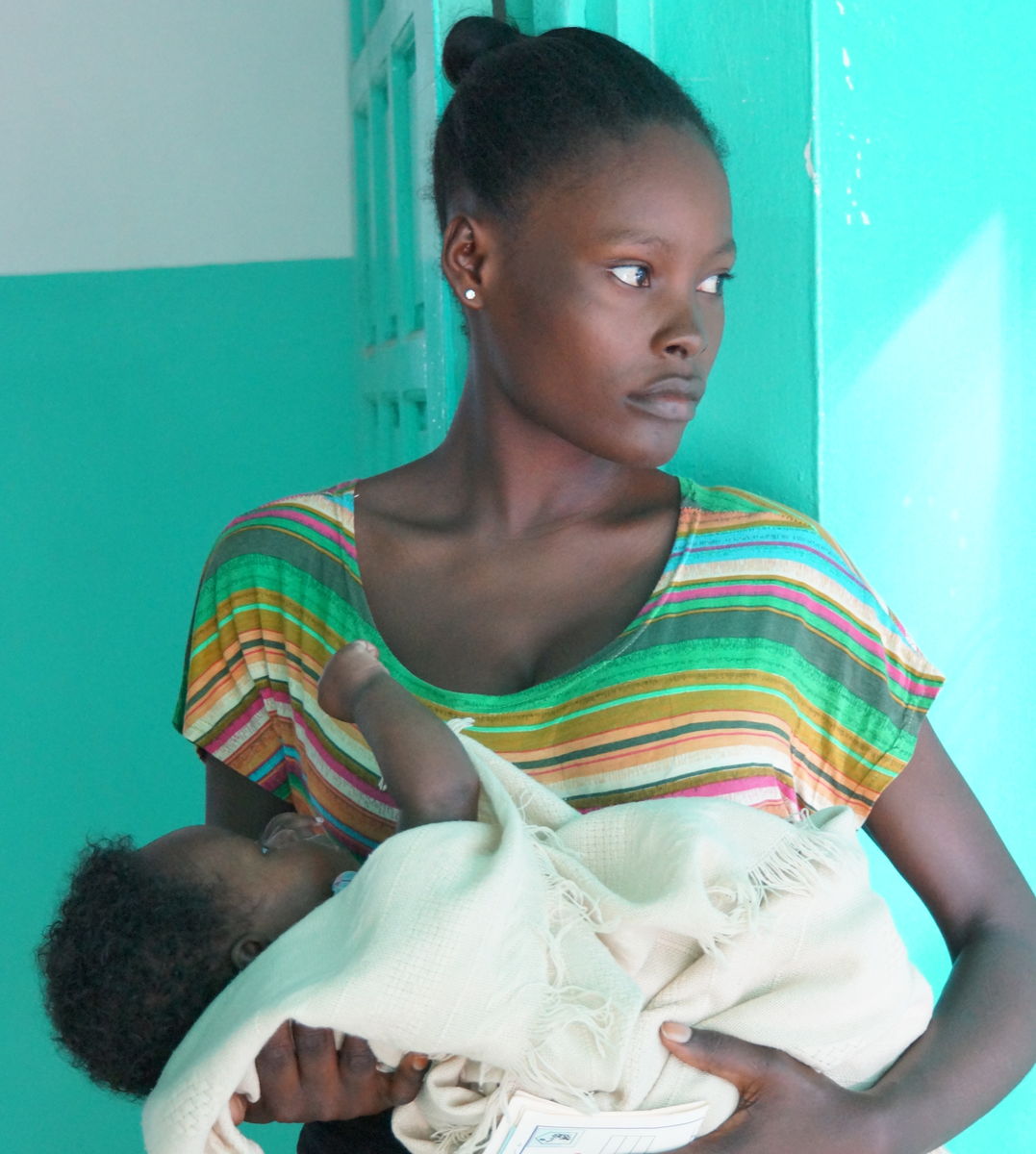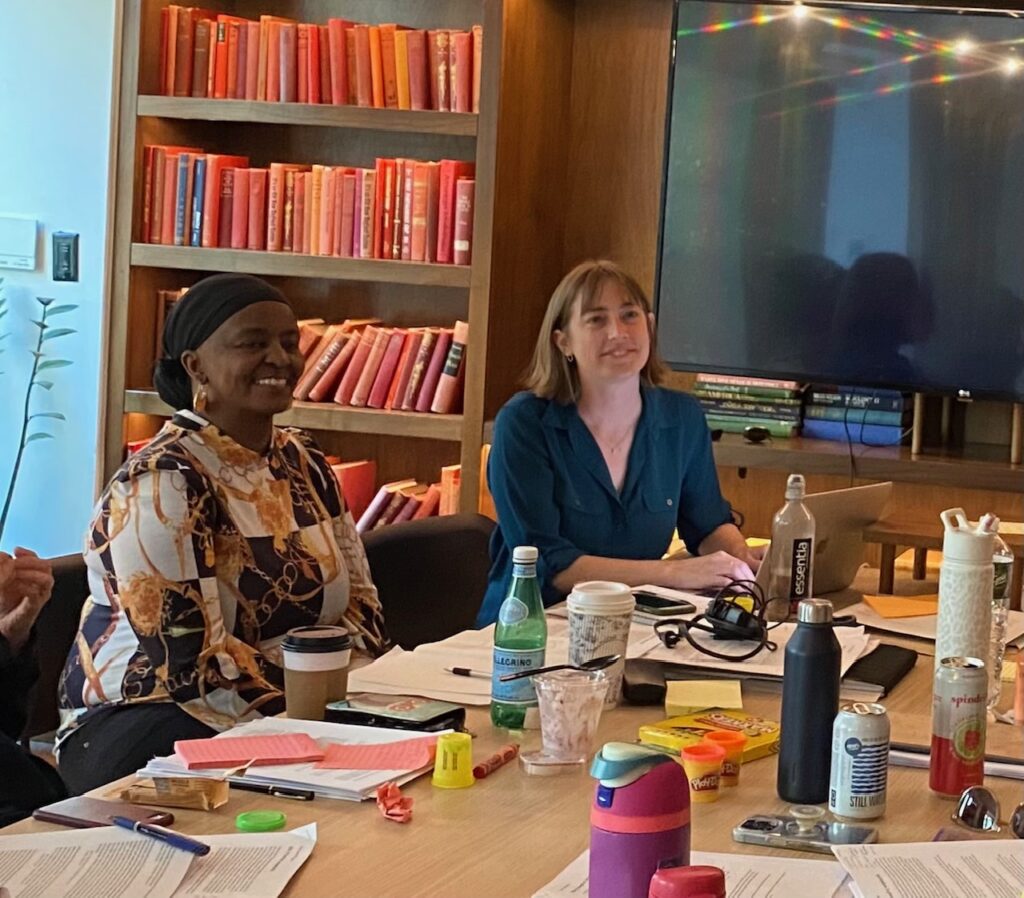Who are the Caregivers and Why Don’t We Protect Them?

Who are the world’s caregivers?
Women, of course.
Overwhelmingly, in countries rich and poor, those who care for our children, our elders, the sick, the disabled, are the women.
On this International Women’s Day, it’s high time we consider the caregivers: to shine a light on their incalculable value to us all, and on how they are treated by us, in return.
For eons, caregiving has been unpaid – from the Far East to the West, from ancient times until today, girls and women, daughters and mothers and grandmothers, have cared for us — out of motherly and daughterly love, or, if not love, out of an innate or inbred sense of obligation.
As long as she cares for her own family, there are win-win aspects to this arrangement, given that it’s in the interests of the loving mother or dutiful daughter to see her loved ones thrive, and to know that the countless small and large tasks she performs each day actually make their wellbeing possible. So, while caring for one’s own family isn’t compensated, it has its own rewards.
But once women are free to, or compelled to, pursue paid work outside the home, someone else will need to care for that baby boy or elderly mother, collect the firewood, do the shopping, cook, clean, feed, bathe – in short, perform all the caregiving that was formerly “given” for free.
This paid caregiving is now acknowledged as care work. The semantic shift is intentional, designed to put a fine point on the initial lack of personal connection between care giver and care receiver, obliging the receiver to compensate the giver for her care work.
But what is “care work?” And who are the world’s “care workers?”
In America, beyond the nearly 66 million people caring for their loved ones, more than two million people make a living performing “home care work,” taking care of the elderly or disabled. The vast majority – 89 percent — are women, and more than half are people of color. More than a quarter are immigrants. Their hourly wage is often less than $10 per hour, resulting in an annual median salary for care workers of $13,300 in 2015, leaving 24 percent of all home care workers beneath the poverty line, 26 percent uninsured, and more than half relying on some form of public assistance. Care workers also face irregular hours, weekend work and inevitable weeks off between jobs.
These numbers leave out childcare workers. With a third of all mothers at work and nearly a quarter of them pursuing their education, most American children under five receive care from someone other than their parent, whether through daycare centers, nurseries, or preschools. Yet childcare workers, too, are shamefully underpaid, and in the United States, the five top issues on the minds of all formal care workers are things that, in other Western democracies, has been readily addressed through legislation: the gender wage gap , paid sick days , paid family and medical leave , workplace flexibility , and yes, their own children’s childcare .
One of the greatest threats to all care workers, though, is violence. They are invisible in a home that is not their own and face unsafe streets and transport, both on their way to and from work and when out with their young charges. Care workers are among the most vulnerable to sexual or physical assault.
Overseas, the situation can be far worse. Care workers, often called domestic workers, could accurately be termed indentured servants, sex slaves, or child laborers. Their dream may have been to send home paychecks to support their families, but their reality is having essential documents confiscated, being paid a pittance (if that), eating their bosses’ leftovers, and giving up their bodies and lives to those with power over them, whether employer, agency representative, or local police.
We need to add child wives to the list of those whose reality diverges so cruelly from their dreams. What is child marriage, after all, but the consignment of a girl to a new family, in exchange for a dowry? That child’s parents have not only sold her body and labor; they’ve sold her education, her health, and her future.
As mothers and grandmothers, daughters and wives, we pride ourselves on living the values we seek and treasure in our caregivers and care workers: compassion, trust, patience, loyalty, professionalism, and love. This International Women’s Day, we need to speak out and do what we can to ensure that our care workers are not only better compensated, but that they can be safe while doing their jobs and leading their lives.
This can’t be just idle talk, lost to the winds of March. It must be about thoughtful public policy, education, and awareness-raising among urban planners, engineers, policymakers, law enforcement, and the rest of us. It’s about holding ourselves accountable for ensuring women’s safety. It’s about significant local budget allocations for well-lit streets, better signage, safer public transport, bathrooms, elevators, and parks, and reliable access to emergency services, when things go wrong.
How can we settle for less, for those who care for those we love most?




